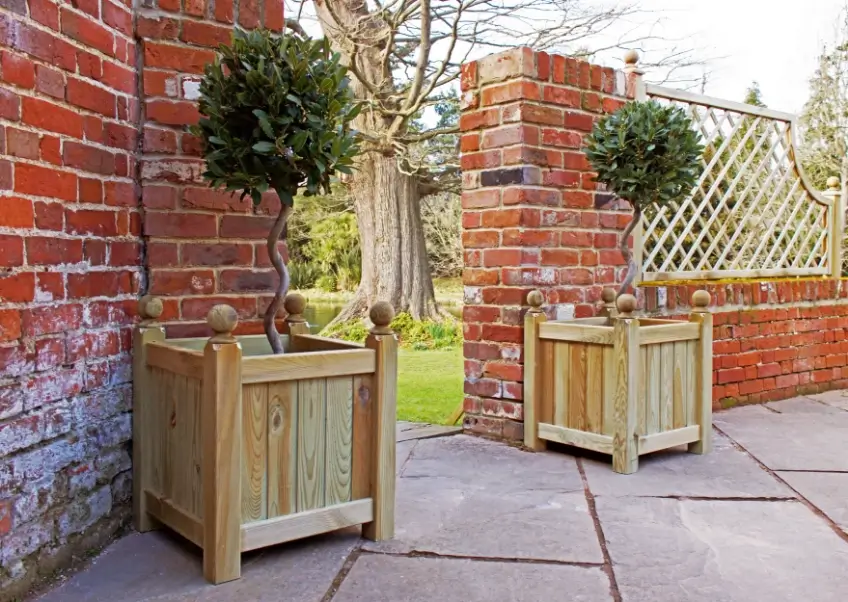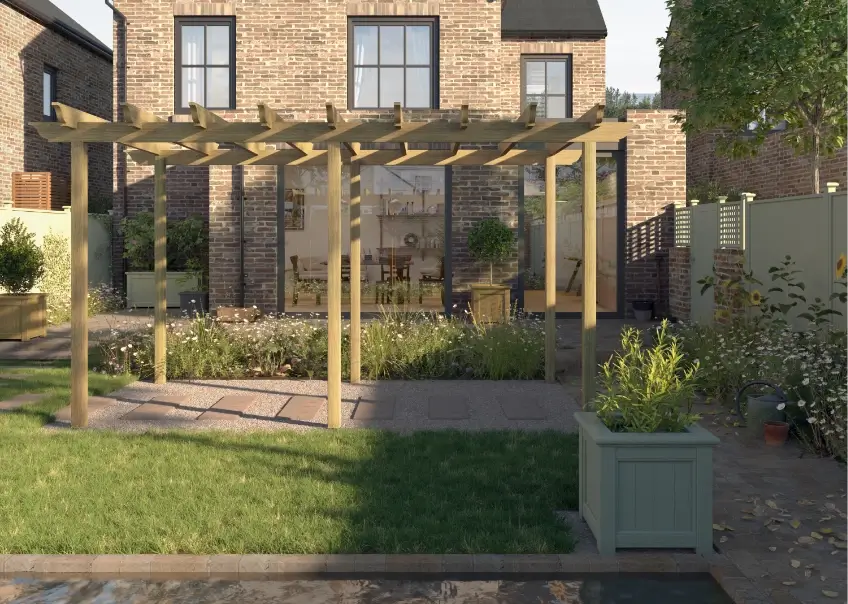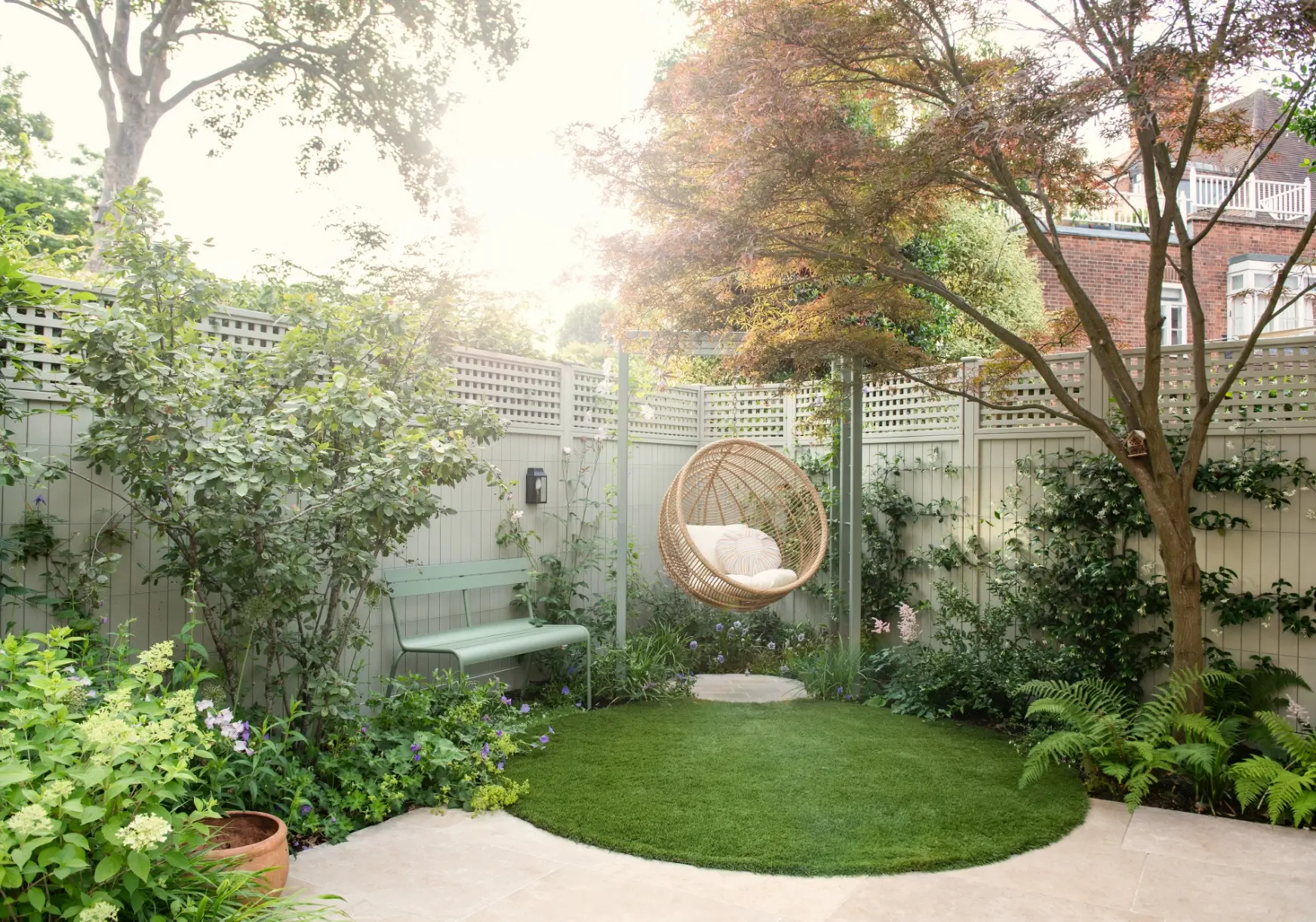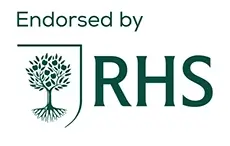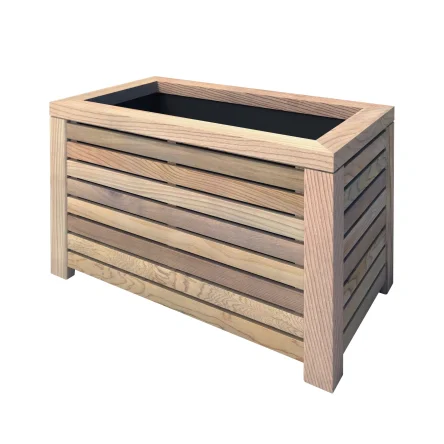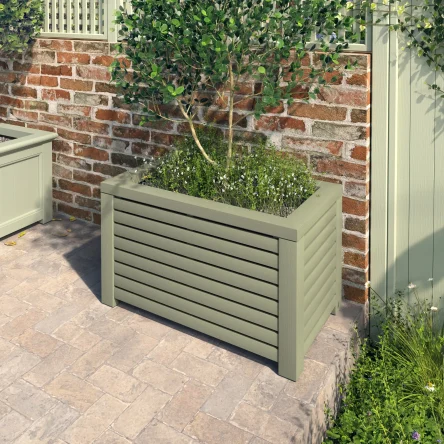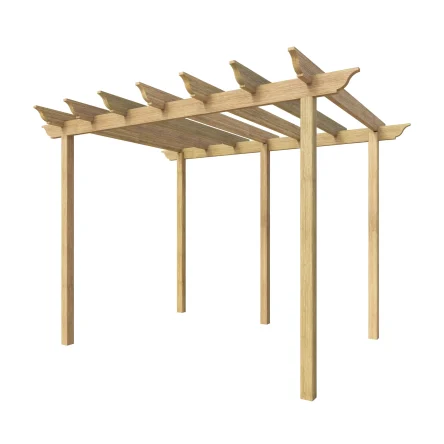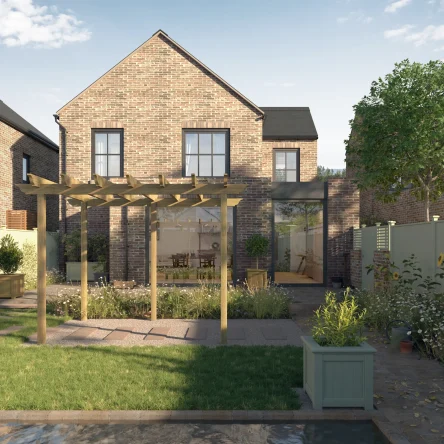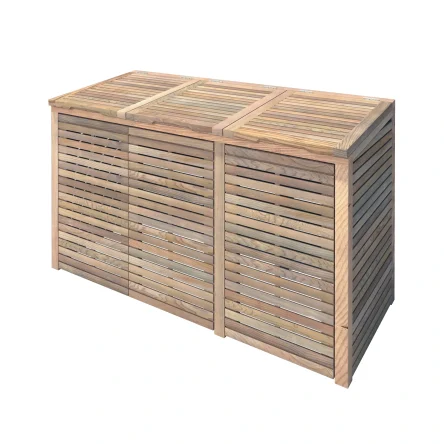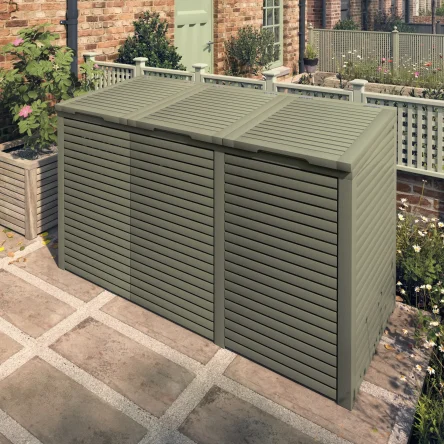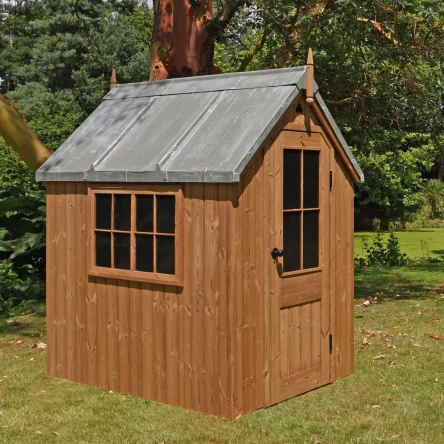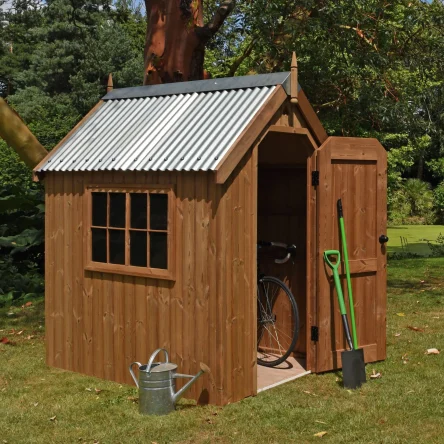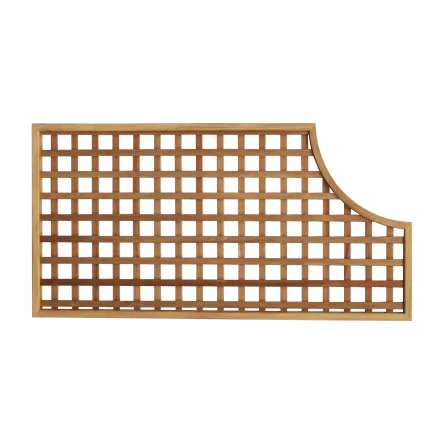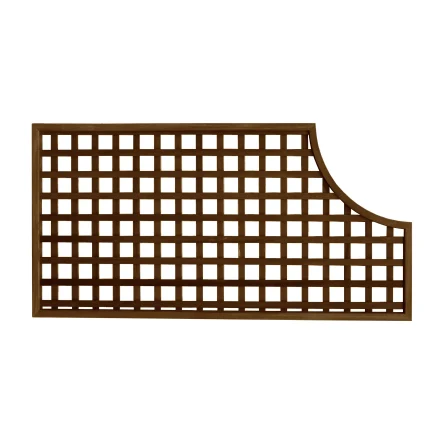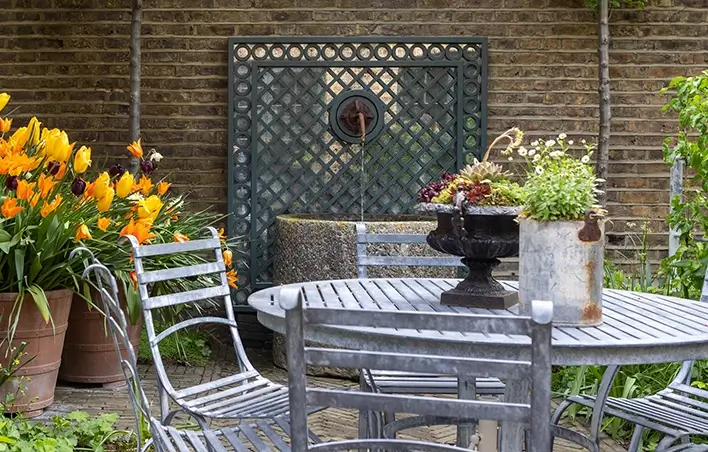Your basket is currently empty!
Painting & Staining Timber Products
Step by step installation guide
Properly painting timber products not only enhances their appearance but also provides essential protection against weathering and wear.
With the right preparation and techniques, you can ensure a beautiful, durable finish that extends the life of your timber and keeps it looking its best year after year.
How do you want to treat your products?
Surface preparation
Bare wood: Lightly sand the surface to improve the paint’s adhesion and achieve a good ‘key’. Fill any holes or cracks with a suitable exterior filler. If there are any signs of damage or decay then these aspects should all be completely fixed and eliminated before any painting. After cleaning, repairing and drying of the timber, the elements or the infected areas should be rubbed down with P150 grit sandpaper until all areas end up in a smooth surface.
Apply 2 coats of PE025QO primer at approximately 100g per m2. Leave for 4 hours minimum between primer coats. Once the primer stage has been completed then leave for a minimum of 16 hours and then prepare using P240g sandpaper before the application of the top coat.
Previously painted wood: If the old paint is in good condition lightly sand the surface using P240g sandpaper to achieve a sufficient ‘key’. If your paint is flaking or cracked or if there are any signs of damage or decay then these aspects should all be completely fixed and eliminated before any painting. Always apply primer to the any areas of bare wood with a minimum of 2 coats as per bare wood instructions above.
‘It is good practise to pay particular attention to the end grain of any timber being painted or stained during the preparation for and application of any coating.’
Coating application
Stir paint thoroughly before use. Do not start painting if rain is likely before the product has through cured. Always apply when temperature is between 15-30 degrees Celsius and the relative humidity below 65%.
Apply two coats of paint using a synthetic brush and follow the direction of the woodgrain. Allow 4-12 hours between applying the first and second coat of paint, if left longer between coats then a sufficient de-nib using 240g sandpaper is required.
General remarks
This high quality PPG Wood Finish paint product is a fast drying finish for spray application, PPG recommend that this product is suitable for the redecoration of your Trellis and other exterior timber*, but strongly advise the addition of 10% of tap water to both the primer and paint (PE 025QO/TE 112QO) before applying, this enables better flow and ease of application. It is also advisable to apply products out of direct sunlight if possible.
* Paint application is not suitable on all species of timber.
It’s important that the coating is applied using a good heavy brush stroke, uniformly wet but not dripping. This is to achieve proper flow, hiding power and protection. For this reason, always use a nylon brush or a roller that is suitable for waterborne paints.
Coverage
Covers 10m2 per litre if applied at 100g per 1m2
Drying
The paint should be touch dry in 30 mins, manageable in approximately 2 hours and through cured after 72 hours under the weather conditions specified above.
Clean
Clean brushes with warm soapy water.
Storage
Waterborne paints should always be stored in a dry place above 8 degrees Celsius.
Surface preparation
Bare wood: Lightly sand the surface to improve the paint’s adhesion and achieve a good ‘key’. Fill any holes or cracks with a suitable exterior filler. If there are any signs of damage or decay then these aspects should all be completely fixed and eliminated before any painting. After cleaning, repairing and drying of the timber, the elements or the infected areas should be rubbed down with P150 grit sandpaper until all areas end up in a smooth surface.
Apply 2 coats of PE025QO primer at approximately 100g per m2. Leave for 4 hours minimum between primer coats. Once the primer stage has been completed then leave for a minimum of 16 hours and then prepare using P240g sandpaper before the application of the top coat.
Previously painted wood: If the old paint is in good condition lightly sand the surface using P240g sandpaper to achieve a sufficient ‘key’. If your paint is flaking or cracked or if there are any signs of damage or decay then these aspects should all be completely fixed and eliminated before any painting. Always apply primer to the any areas of bare wood with a minimum of 2 coats as per bare wood instructions above.
‘It is good practise to pay particular attention to the end grain of any timber being painted or stained during the preparation and application of any coating.’
General remarks
This high quality PPG Wood Finish paint product is a fast drying finish for spray application, PPG recommend that this product is suitable for the redecoration of your Trellis and other exterior timber*, but strongly advise the addition of 10% of tap water to both the primer and paint (PE 025QO/TE 112QO) before applying, this enables better flow and ease of application. It is also advisable to apply products out of direct sunlight if possible.
* Paint application is not suitable for all species of timber.
It’s important that the coating is applied using a good heavy brush stroke, uniformly wet but not dripping. This is to achieve proper flow, hiding power and protection. For this reason, always use a nylon brush or a roller that is suitable for waterborne paints.
Coverage
Covers 10m2 per litre if applied at 100g per 1m2
Drying
The primer should be touch dry in 30 minutes. Leave for 4 hours minimum between primer coats. Once the primer stage has been completed then leave for a minimum of 16 hours and then prepare using P240g sandpaper before the application of top coat.
Clean
Clean brushes with warm soapy water.
Storage
Waterborne paints should always be stored in a dry place above 8 degrees Celsius.
Surface preparation
Bare wood: Lightly sand the surface to improve the paint’s adhesion and achieve a good ‘key’. Fill any holes or cracks with a suitable exterior filler. If there are any signs of damage or decay then these aspects should all be completely fixed and eliminated before any painting. After cleaning, repairing and drying of the timber, the elements or the infected areas should be rubbed down with P150 grit sandpaper until all areas end up in a smooth surface.
Apply 2 coats of FE128QT base stain at approximately 50g per m2. Leave for 4 hours minimum between coats. Once the base stain stage has been completed leave for a minimum of 4 hours and then lightly de-nib using P320g sandpaper before the application of the top coat.
Previously stained wood: If the old coating is in good condition lightly sand the surface using P240g sandpaper to achieve a sufficient ‘key’. If your coating is flaking or cracked or if there are any signs of damage or decay then these aspects should all be completely fixed and eliminated before any painting. Always apply the base stain to the any areas of bare wood with a minimum of 2 coats as per bare wood instructions above.
‘It is good practise to pay particular attention to the end grain of any timber being painted or stained during the preparation and application of any coating.’
General remarks
This high-quality PPG Wood Finish paint product is a fast drying finish for spray application, PPG recommend that this product is suitable for the redecoration of your Trellis and other exterior timber*, but strongly advise the addition of 10% of tap water to the translucent top coat (TE 323QT) before applying, this enables better flow and ease of application. It is also advisable to apply products out of direct sunlight if possible.
* Paint application is not suitable for all species of timber.
It’s important that the coating is applied using a good heavy brush stroke, uniformly wet but not dripping. This is to achieve proper flow, hiding power and protection. For this reason, always use a nylon brush or a roller that is suitable for waterborne paints
Coverage
Covers 10m2 per litre if applied at 100g per 1m2
Drying
The translucent top coat should be touch dry in 30 minutes, manageable in approximately 2 hours and through cured after 72 hours under normal weather conditions.
Clean
Clean brushes with warm soapy water.
Storage
Waterborne paints should always be stored in a dry place above 8 degrees Celsius.
Surface preparation
Bare wood: Lightly sand the surface to improve the paint’s adhesion and achieve a good ‘key’. Fill any holes or cracks with a suitable exterior filler. If there are any signs of damage or decay then these aspects should all be completely fixed and eliminated before any painting. After cleaning, repairing and drying of the timber, the elements or the infected areas should be rubbed down with P150 grit sandpaper until all areas end up in a smooth surface.
‘It is good practise to pay particular attention to the end grain of any timber being painted or stained during the preparation and application of any coating.’
Coating application
Stir base stain thoroughly before use. Do not start coating if rain is likely before the product has through cured. Always apply when temperature is between 15-30 degrees Celsius and the relative humidity below 65%.
Apply two coats of base stain using a synthetic brush and follow the direction of the woodgrain. Allow 4 hours between applying the first and second coat of base stain, if left longer between coats then a light de-nib using P320g sandpaper is required. Once the base stain stage has been completed leave for a minimum of 4 hours and then lightly de-nib using P320g sandpaper before the application of the top coat.
General remarks
This high quality PPG Wood Finish base stain product is a fast drying finish for spray application. PPG recommend that this product is suitable for the redecoration of your Trellis and other exterior timber work*, it is also advisable to apply products out of direct sunlight if possible.
* Paint application is not suitable for all species of timber.
It’s important that the coating is applied using a good heavy brush stroke, uniformly wet but not dripping. This is to achieve proper flow, hiding power and protection. For this reason, always use a nylon brush or a roller that is suitable for waterborne paints.
Coverage
Covers approx. 15m2 per litre if applied at 50g per m2.
Drying
The base stain should be touch dry in 30 mins, manageable in approximately 2 hours and through cured after 4-12 hours under normal weather conditions.
Clean
Clean brushes with warm soapy water.
Storage
Waterborne paints should always be stored in a dry place above 8 degrees Celsius.
Giving you ideas and inspiration
Make a statement with our elegant garden trellis designs
New products
The latest timber garden products from our store

Sign up to our newsletter
Get regular inspiration and be the first to know about special offers
